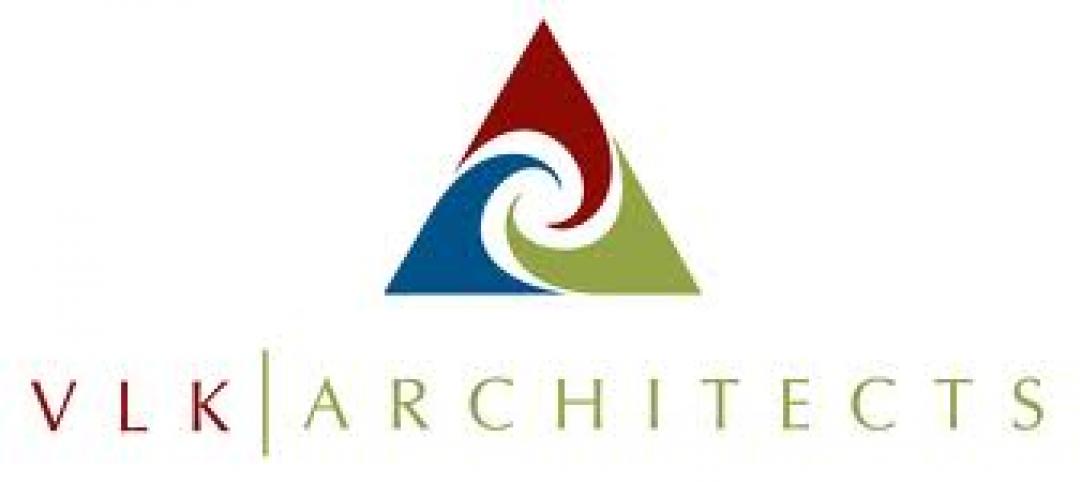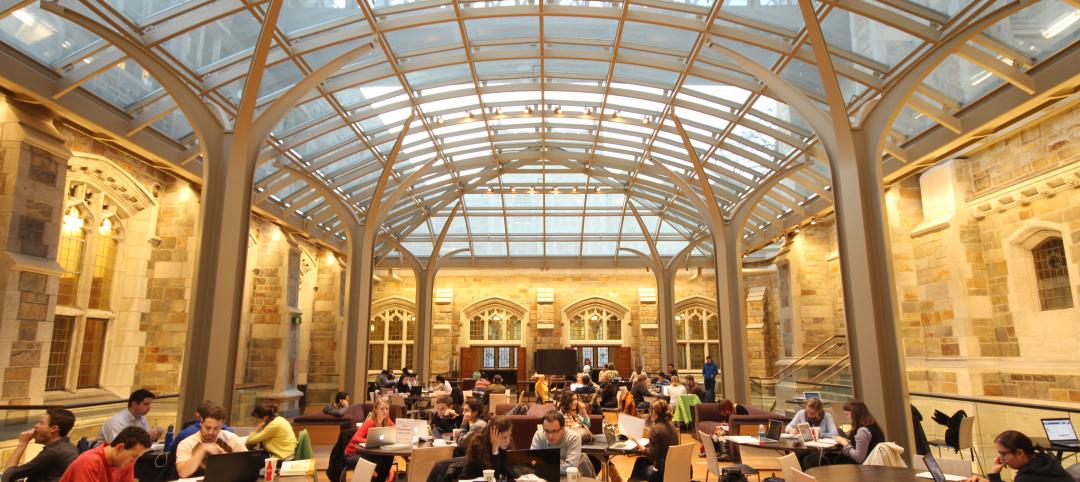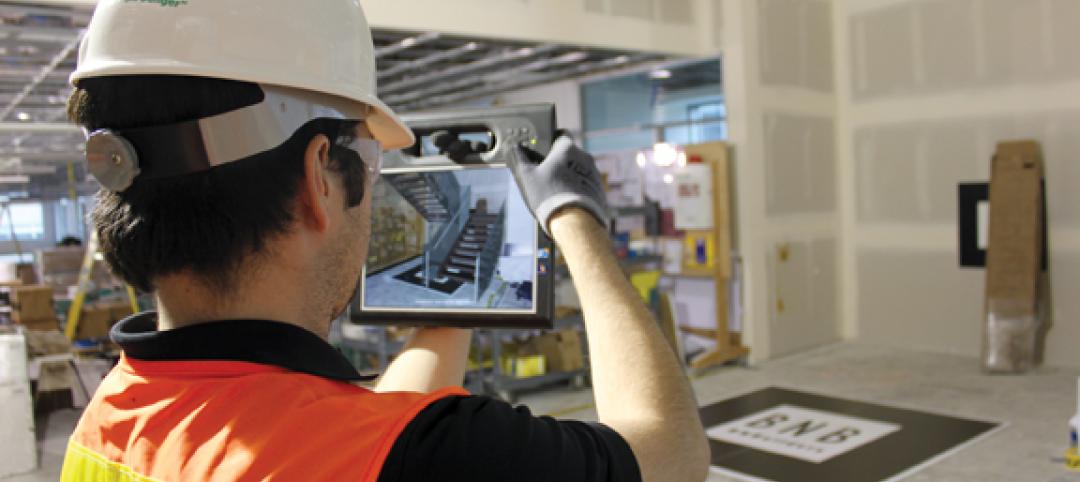ForrestPerkins will combine practices with international design and architecture firm Perkins Eastman effective January 1, 2016.
The merger will let both firms expand their reach in luxury hospitality and residential projects worldwide, while continuing to provide design and client service. The combined international firm will total almost 1,000 employees. In joining Perkins Eastman, ForrestPerkins will remain a distinct brand for luxury hospitality and high-end residential interior design.
Some key facts on the deal:
• ForrestPerkins will retain its name and continue to focus on interior design and interior architecture for luxury hospitality and high-end multi-residential projects. It will launch a new practice area within the firm united under the leadership of ForrestPerkins’ president Deborah Lloyd Forrest, FASID, in collaboration with Perkins Eastman’s hospitality practice leader Shawn Basler, AIA.
• As of January 1, 2016, ForrestPerkins will open a New York office as an atelier within the Perkins Eastman office. ForrestPerkins' New York portfolio includes the iconic Marriott Marquis at Times Square, and, in combination with Perkins Eastman, will now include the Quin, a luxury boutique hotel on West 57th Street.
• Early in 2016, ForrestPerkins will relocate to new offices in both Washington, D.C., and San Francisco. Perkins Eastman will open a 15th office, its first in Texas, joining ForrestPerkins in its Dallas office at 3131 Turtle Creek.
Related Stories
| Feb 2, 2012
Call for Entries: 2012 Building Team Awards. Deadline March 2, 2012
Winning projects will be featured in the May issue of BD+C.
| Feb 2, 2012
VLK Architects selected for new Cypress, Texas elementary school
The Bridgeland Elementary School will be a new prototype school for the District. Designed to meet the requirements of The Collaborative for High Performance Schools.
| Feb 2, 2012
Mortenson Construction to build 2.4 MW solar project in North Carolina
Located on a 12 acre site in the Sandhills region, the 2.4 megawatt (MW) system is expected to generate approximately 3.5 million kilowatt hours (kWhs) of clean electricity on an annual basis.
| Feb 2, 2012
Shawmut Design and Construction launches sports venues division
Expansion caps year of growth for Shawmut.
| Feb 2, 2012
Fire rated glazing helps historic university preserve its past
When the University embarked on its first major addition since the opening of Hutchins Hall in 1933, preserving the Collegiate Gothic-style architecture was of utmost importance.
| Feb 2, 2012
Delk joins Gilbane Building Co.
Delk to focus on healthcare construction programs and highly complex higher education facilities for Gilbane Building Company’s Southwest region.
| Feb 2, 2012
Next phase of construction begins on Scripps Prebys Cardiovascular Institute
$456 million Institute will be comprehensive heart center for 21st Century.
| Feb 1, 2012
Increase notched in construction jobs, but unemployment rate still at 16%
AGC officials said that construction employment likely benefited from unseasonably warm weather across much of the country that extended the building season.
| Feb 1, 2012
Replacement windows eliminate weak link in the building envelope
Replacement or retrofit can help keep energy costs from going out the window.
| Feb 1, 2012
‘Augmented reality’ comes to the job site
A new software tool derived from virtual reality is helping Building Teams use the power of BIM models more effectively.















